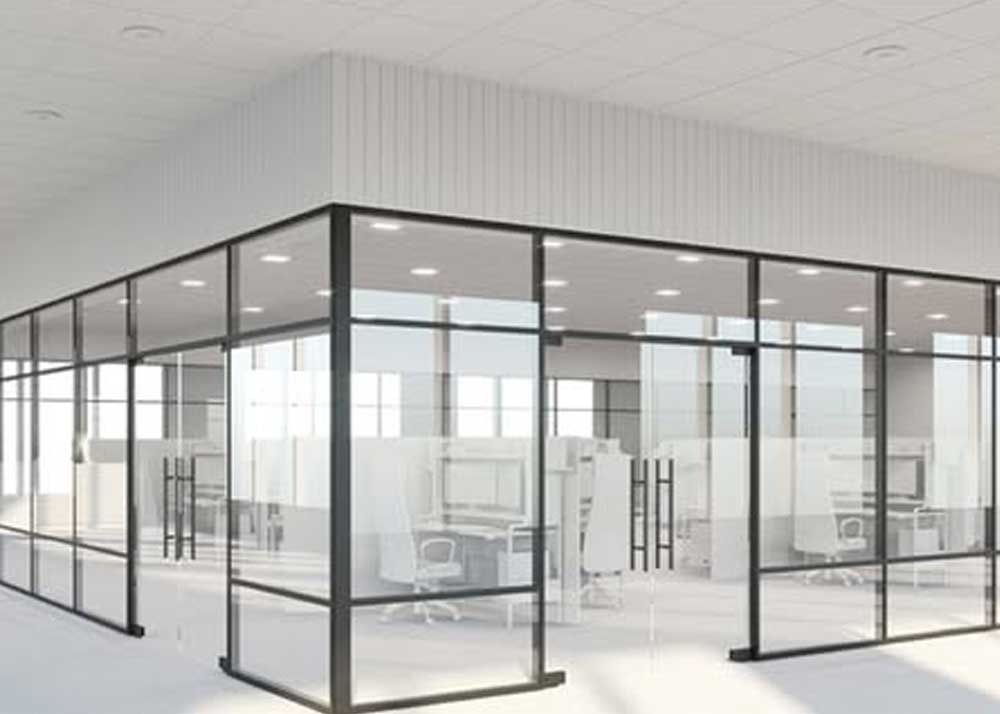
Thai Aluminum Fabrication
Thai Aluminum fabrication is the process of cutting, shaping, and assembling aluminum into finished products or components. It transforms raw aluminum (in the form of sheet, plate, extrusions, or castings) into a wide array of usable items, from everyday objects to complex architectural structures.
Its popularity stems from aluminum's key properties:
- Lightweight: About one-third the weight of steel.
- Corrosion Resistant: Naturally forms a protective oxide layer.
- Strong: Excellent strength-to-weight ratio, especially when alloyed.
- Malleable and Ductile: Easily formed and machined.
- Recyclable: 100% recyclable without loss of quality.
- Non-Magnetic and Non-Sparking: Useful in specific industries.
- Thermally and Electrically Conductive.
Common Thai Aluminum Fabrication Processes
The process typically involves several steps, often performed in sequence.
1. Design and Engineering
- This is the first and most crucial step. Using CAD (Computer-Aided Design) software, engineers create a 3D model of the part.
- CAM (Computer-Aided Manufacturing) software then converts the model into instructions (G-code) for the fabrication machines.
2. Cutting and Shearing
- Raw aluminum stock is cut to size. Methods include:
- Shearing: Straight-line cutting of sheet metal.
- Sawing: Using band saws or circular saws for bars and extrusions.
- CNC Laser Cutting: A high-precision, computer-guided laser cuts complex shapes from sheet metal.
- CNC Plasma Cutting: Uses a high-velocity jet of ionized gas (plasma) to cut through thicker aluminum plate.
- Waterjet Cutting: Uses a high-pressure stream of water mixed with an abrasive substance to cut through virtually any thickness without generating heat, which prevents altering the metal's properties.
3. Forming and Shaping
- The cut pieces are shaped into their desired forms.
- Bending: Performed on a press brake, which uses a punch and die to create precise angles and bends.
- Rolling: Metal is passed through rollers to create curved or cylindrical shapes (e.g., tubes, cones).
- Stamping: Uses a press and die to create indentations, raised letters, or specific shapes in the metal.
- Extrusion: (Though often a pre-fabrication process) Heated aluminum is forced through a die to create long shapes with a constant cross-section (e.g., window frames, aluminum tracks).
4. Joining and Assembly
Separate pieces are joined together to form the final product.
- Welding: The most common method. TIG (GTAW) welding is preferred for aluminum as it offers the highest quality and cleanest welds. MIG (GMAW) welding is faster and better for thicker materials.
- Mechanical Fastening: Using rivets, bolts, screws, and nuts. Common in applications where disassembly might be needed.
- Bonding: Using high-strength industrial adhesives.
5. Finishing
Finishing improves appearance, enhances corrosion resistance, and adds surface hardness.
- Anodizing: An electrochemical process that thickens the natural oxide layer. It creates a durable, corrosion-resistant finish that can be dyed in various colors (common in architecture and consumer goods).
- Powder Coating: A dry powder is electrostatically applied and then cured under heat. It creates a thick, durable, and attractive coating available in any color and texture (e.g., matte, gloss, metallic).
- Abrasive Blasting (Sandblasting): Uses high-pressure air to propel a medium (like glass bead or walnut shell) to clean or create a uniform matte texture.
- Polishing/Buffing: Creates a smooth, shiny, reflective surface.
Applications of Fabricated Thai Aluminum
Thai Aluminum fabrication is ubiquitous in modern life:
- Architecture & Construction (AEC): Window frames, curtain walls, doors, roofing, facades, bridges, and staircases.
- Automotive & Aerospace: Body panels, engine components, aircraft fuselages, space frames, and wheels.
- Consumer Goods: Electronics casings (laptops, phones), furniture, appliances, and sporting goods.
- Industrial: Machine frames, enclosures, conveyor systems, tanks, and piping.
- Marine: Boat hulls, decks, and railings due to its resistance to saltwater corrosion.
- Signage & Displays: Letters, frames, and exhibition stands.
